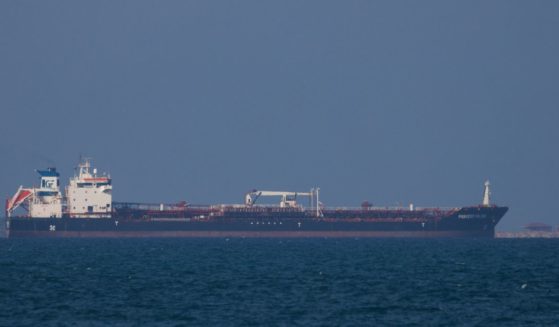World-Famous Parachutist Who Survived Near-Catastrophic Jump Dies
Retired Air Force Col. Joseph Kittinger, whose 1960 parachute jump from almost 20 miles above the Earth stood as a world record for more than 50 years, died Friday in Florida. He was 94.
His death was announced by former U.S. Rep. John Mica and other friends. The cause was lung cancer.
Kittinger, then an Air Force captain and pilot, gained worldwide fame when he completed three jumps over 10 months from a gondola that was hoisted into the stratosphere by large helium balloons. Project Excelsior was aimed at helping design ejection systems for military pilots flying high-altitude missions.
Wearing a pressure suit and 60 pounds of equipment, Kittinger almost died during the project’s first jump in November 1959 when his gear malfunctioned after he jumped from 14.5 miles. He lost consciousness as he went into a spin that was 22 times the force of gravity. He was saved when his automatic chute opened.
Four weeks later, Kittinger made his second jump from just over 14 miles above the surface. This time, there were no problems.
Kittinger’s record jump came on Aug. 16, 1960, in the New Mexico desert. His pressure suit malfunctioned as he rose, failing to seal off his right hand, which swelled to twice its normal size before he jumped from 102,800 feet — more than 19 miles above the surface.
Free falling in the thin atmosphere, the Tampa native exceeded 600 mph before the gradually thickening air slowed his fall to about 150 mph when his parachute deployed at 18,000 feet.
“There’s no way you can visualize the speed,” Kittinger told Florida Trend magazine in 2011.
“There’s nothing you can see to see how fast you’re going. You have no depth perception. If you’re in a car driving down the road and you close your eyes, you have no idea what your speed is. It’s the same thing if you’re free-falling from space. There are no signposts. You know you are going very fast, but you don’t feel it. You don’t have a 614-mph wind blowing on you.”
His record stood until 2012, when Austrian Felix Baumgartner jumped from 24 miles above the New Mexico desert, reaching the supersonic speed of 844 mph. Kittinger served as an adviser.
Kittinger stayed in the Air Force after his jumps, serving three tours of duty during the Vietnam War. He was shot down over North Vietnam in May 1972, but ejected and parachuted to Earth. He was captured and spent 11 months in a Hanoi prisoner-of-war camp, undergoing torture.
He retired from the Air Force in 1978 and settled in the Orlando area, where he became a local icon. A park there is named after him.
He is survived by his wife, Sherri.
The Western Journal has reviewed this Associated Press story and may have altered it prior to publication to ensure that it meets our editorial standards.
Truth and Accuracy
We are committed to truth and accuracy in all of our journalism. Read our editorial standards.












